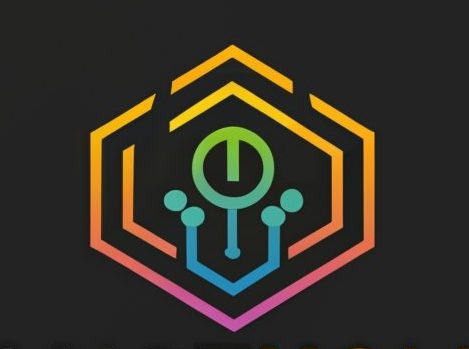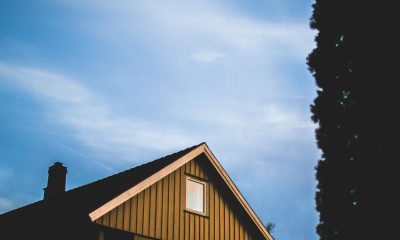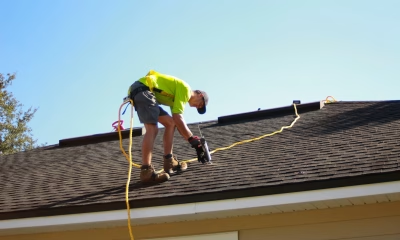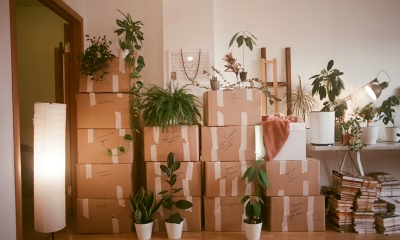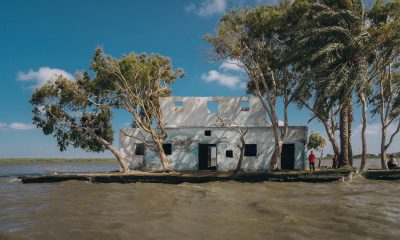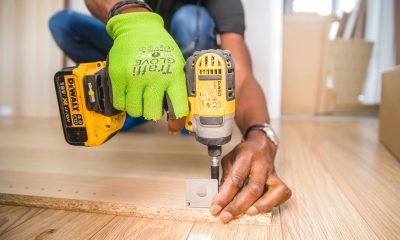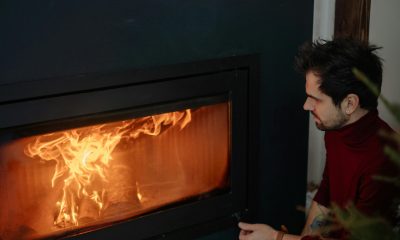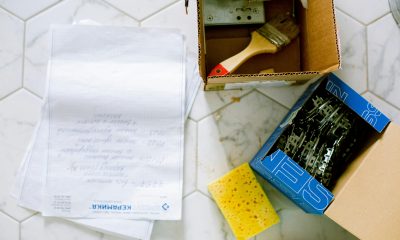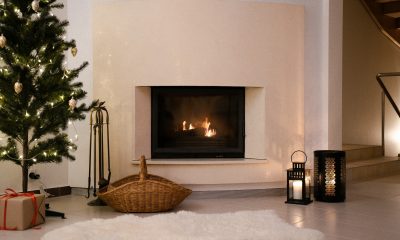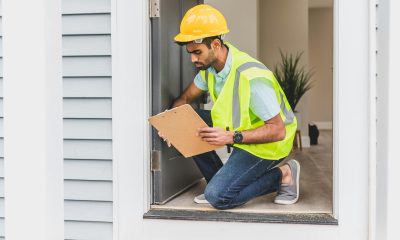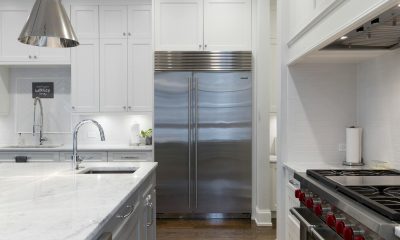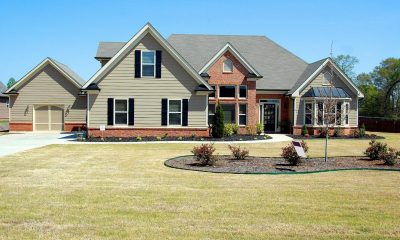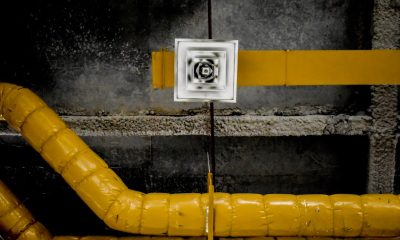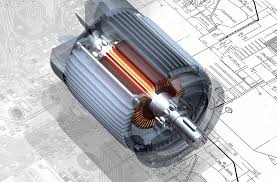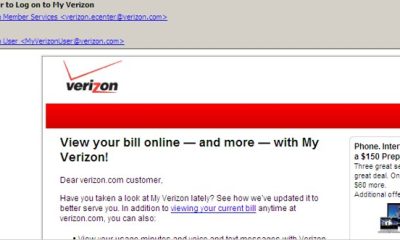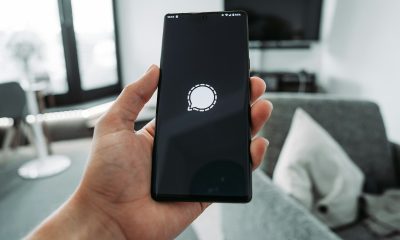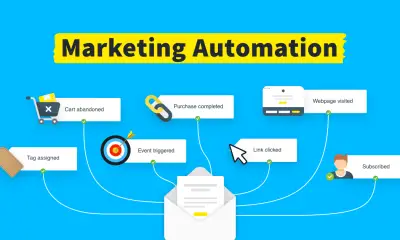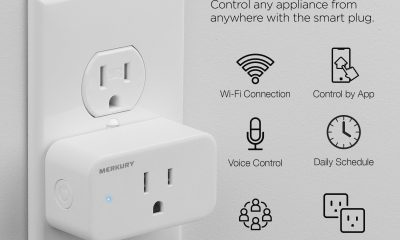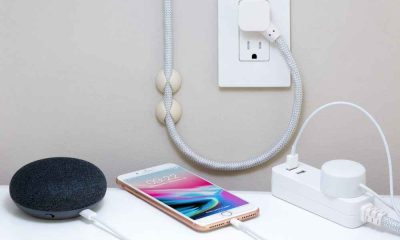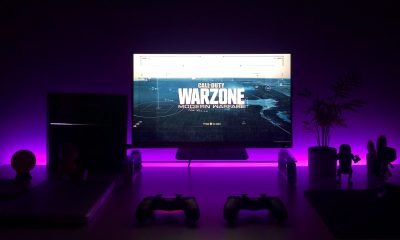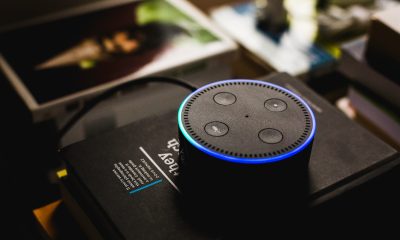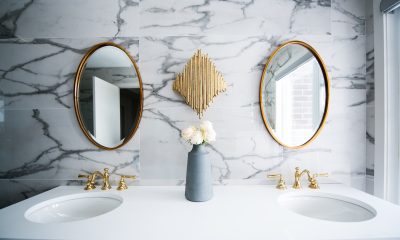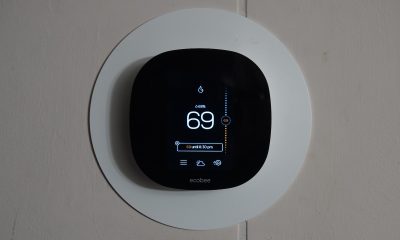Guides
Understanding Plumbing Inspection Cost and Why It is Worth It?
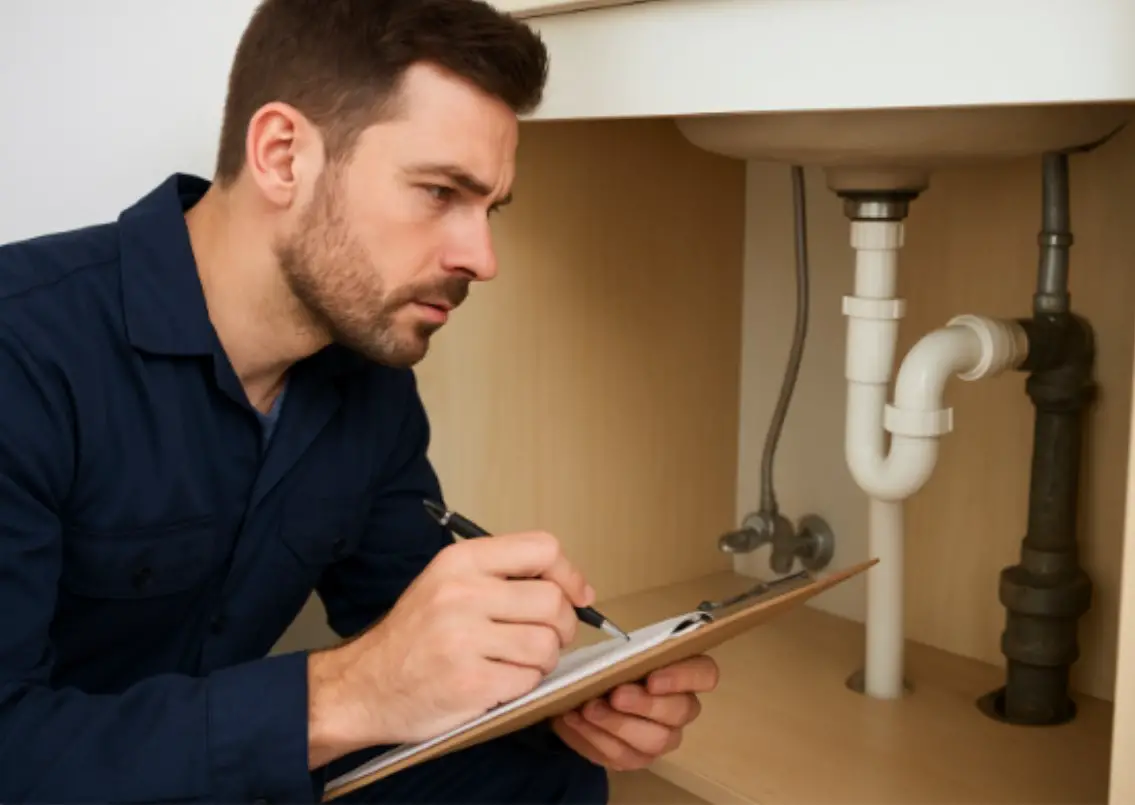
When you move into a new house or start seeing strange plumbing issues one of the first things you may hear about is the plumbing inspection cost. Many people think they can skip it to save money but getting your plumbing checked can actually prevent costly repairs later. A plumbing inspection is like a health check up for your water system of home. Why is that so? It is because it helps you find small problems before they turn into big ones.
What Is a Plumbing Inspection
A plumbing inspection is when a licensed plumber looks at all the water and drain systems in the home. They check things like the following
- Pipes and drains for leaks or clogs
- Water pressure and flow
- Faucets, sinks, toilets and showers
- Hot water heaters and sump pumps
- Sewer lines and main water connections
The plumber may use cameras or tools to look deep inside pipes. So it helps them find leaks that you are unable see with your eyes.
Why You Need a Plumbing Inspection
Even if your home looks fine, problems can be hiding behind the walls. A small drip under the sink can lead to mold. A slow drain can turn into a full clog. A weak water heater can suddenly stop working.
A plumbing inspection can save you from these troubles. It helps you:
- Avoid big repair bills
- Catch leaks early
- Keep your home safe from water damage
- Make sure your plumbing works smoothly
If you are buying a house this inspection is a must. You will know if the plumbing is in good shape or if you will need repairs soon.
How Much Does a Plumbing Inspection Cost
The plumbing inspection cost can change depending on where you live and how big your home is. On average it may cost between $100 and $400.
If the plumber uses special tool such as a camera to look into pipes, the cost may go higher. Do not remember spending a few hundred dollars now can save you thousands later if it helps you avoid water damage or pipe replacements.
Here is a simple breakdown the following
- Basic inspection $100 to $150
- Full home plumbing inspection $200 to $400
- Camera inspection for sewer lines $300 to $600
Some plumbing firms also offer free inspections if you hire them for repair work afterward.
Common Issues Found During Plumbing Inspections
Plumbers often find small issues during inspections that can be fixed quickly. Some of the most common problems consists of the following
- Leaky faucets or toilets
- Rusted or old pipes
- Weak water pressure
- Blocked drains
- Faulty water heaters
- Dry P traps the U shaped part under sinks that keeps sewer smells away
If your sink smells bad, the plumber might suggest how to fix a dry p trap. This issues happens when water in the trap dries up letting odors come into your home. The fix is usually simple pour some water down the drain or check if there is a leak.
How to Prepare for a Plumbing Inspection
Before the plumber arrives one can do a few things to make the job easier
Clear the area – Move items from under sinks or near pipes.
List your concerns – Write down any leaks, smells or noises you have noticed.
Know your home: Be ready to show where your main water shut off valve and water heater are.It helps the plumber work faster and spot issues easily.
Why a Plumbing Inspection Is a Smart Investment
Some people avoid calling a plumber because they think inspections are unnecessary. But think of it this way if a small leak goes unnoticed for months it could lead to thousands of dollars in water damage. Spending a little on an inspection today can protect the value of home and give you peace of mind.
When to Schedule a Plumbing Inspection
Most homeowners wait until a problem appears before calling a plumber, but the best time for an inspection is before issues start. Ideally, you should schedule a plumbing inspection once a year, especially if your home is older than ten years. Seasonal checks are also smart — for example, right before winter to ensure pipes are properly insulated and won’t freeze, or after heavy rain to make sure the sump pump and drainage systems are working correctly.
If you’re planning a remodel or installing new appliances like dishwashers, water softeners, or washing machines, having your plumbing inspected first can prevent leaks, pressure imbalances, and unnecessary repairs later on.
Benefits of Regular Plumbing Maintenance
A plumbing inspection isn’t just about avoiding disasters — it’s about long-term system health. Routine inspections can improve your home’s water efficiency, extend the lifespan of your fixtures, and even reduce your utility bills. When plumbers clean out mineral buildup and check for hidden leaks, your system runs more smoothly. For example, replacing worn-out washers in faucets can stop slow drips that waste hundreds of gallons of water each year.
Regular maintenance also ensures your water heater, sump pump, and sewer lines are functioning at their best. This proactive care keeps your home safe, prevents contamination from backflow, and protects your investment in the property.
What Happens During a Professional Plumbing Inspection?
During a standard home plumbing inspection, the plumber will perform both visual and diagnostic tests. They’ll inspect all exposed pipes, valves, and joints for corrosion or leaks. Then they’ll test the water pressure, check for sediment buildup in your water heater, and ensure proper venting in drain systems.
Some professionals use advanced tools like thermal cameras to detect moisture behind walls, or video inspection cameras to assess underground sewer lines. These detailed checks help spot problems early, from tiny pinhole leaks to root intrusion in sewer pipes — issues that could otherwise lead to costly damage.
Factors That Affect Plumbing Inspection Cost
The cost of a plumbing inspection can vary for several reasons. Larger homes naturally take longer to inspect and require checking more fixtures and connections. Older houses or those with outdated plumbing materials (like galvanized steel or polybutylene pipes) often need a deeper look, which can increase the inspection time and price.
Geographic location also plays a role — plumbing inspections in big cities or high-cost living areas may be more expensive than in smaller towns. If the plumber performs additional services such as drain camera inspection, pressure testing, or leak detection, you can expect the price to rise accordingly.
Choosing the Right Plumber for Inspection
Not all plumbing inspections are equal. It’s best to hire a licensed and insured plumber with experience in residential systems. Ask if they provide a detailed written report after the inspection — this report should list any problems found, recommended repairs, and estimated costs.
Reading online reviews or checking certifications through local trade associations can also help you choose a trustworthy professional. Remember, the cheapest quote isn’t always the best choice. A skilled plumber who uses modern diagnostic tools can save you more money in the long run by catching hidden problems early.
Final Expert Tip
If you’re moving into an older home, investing in a comprehensive plumbing inspection is one of the smartest decisions you can make. It not only helps you understand the condition of your home’s water system but also gives you negotiating power if major repairs are needed.
Think of it as preventative care — just like you would for your health. Pipes, valves, and fixtures age over time, and a routine inspection ensures your home remains safe, efficient, and comfortable for years to come.
Conclusion
Understanding the plumbing inspection cost and what it covers helps you make smart choices for your home. Whether you are a new homeowner or living in your house for years a regular inspection keeps everything running smoothly. And if you ever notice strange smells from your drain remember you may need to fix a dry p trap.
A simple check up today can prevent a major plumbing headache tomorrow. So take care of the pipes because a healthy home starts with a healthy plumbing system.
-
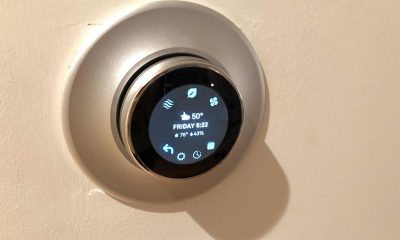
 Gadgets3 years ago
Gadgets3 years agoDoes Nest Thermostats Contain Cameras Or Microphones? Is It Safe For you?
-

 Guides1 year ago
Guides1 year ago10 Best Apps To Control All Your Smart Home Devices.
-
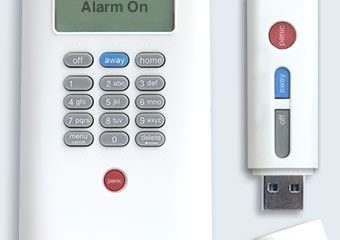
 Gadgets3 years ago
Gadgets3 years agoWhat Is The Purpose Of Red Button On The SimpliSafe Keypad?
-
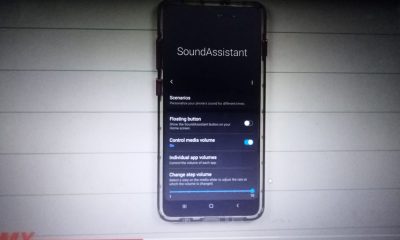
 Gadgets3 years ago
Gadgets3 years agoComplete Guide About Equalizer settings for Samsung-Soundbar
-
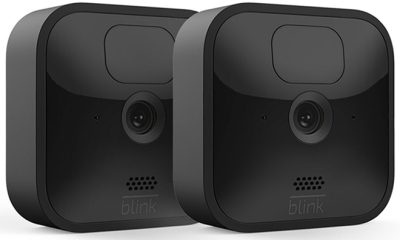
 Accessories2 years ago
Accessories2 years agoBlink Camera’s Temperature Sensor Settings, and More
-

 Gadgets3 years ago
Gadgets3 years agoFitbit Symbols Meaning: What Do The Fitbit Icons Mean?
-
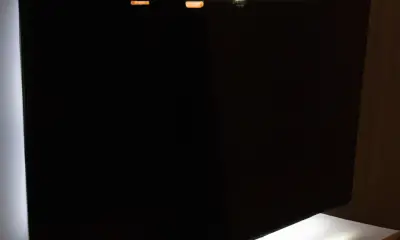
 Solutions3 years ago
Solutions3 years agoWhy is My Samsung TV Picture So Dark? Exploring the Possible Causes
-

 Accessories2 years ago
Accessories2 years agoCan Siri Control Samsung Televisions And Are Samsung TVs Homekit Compliant?
